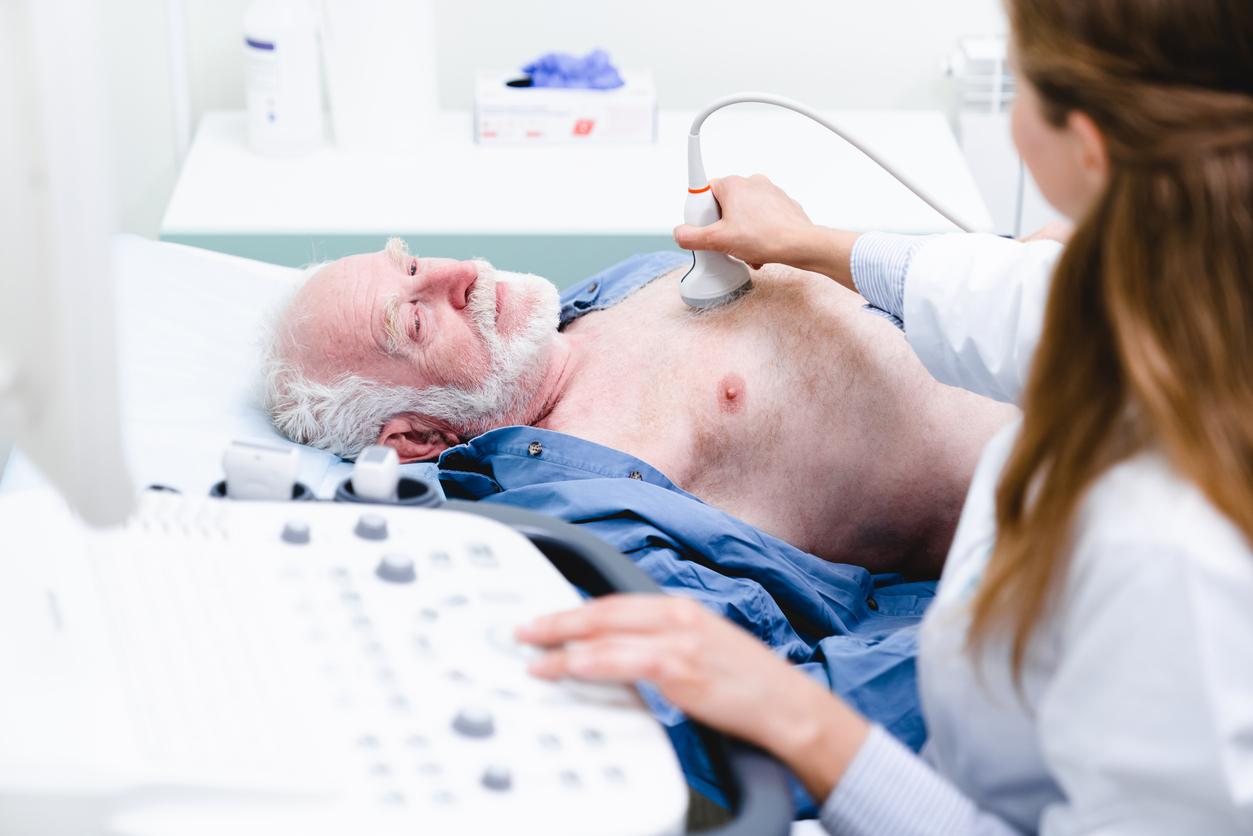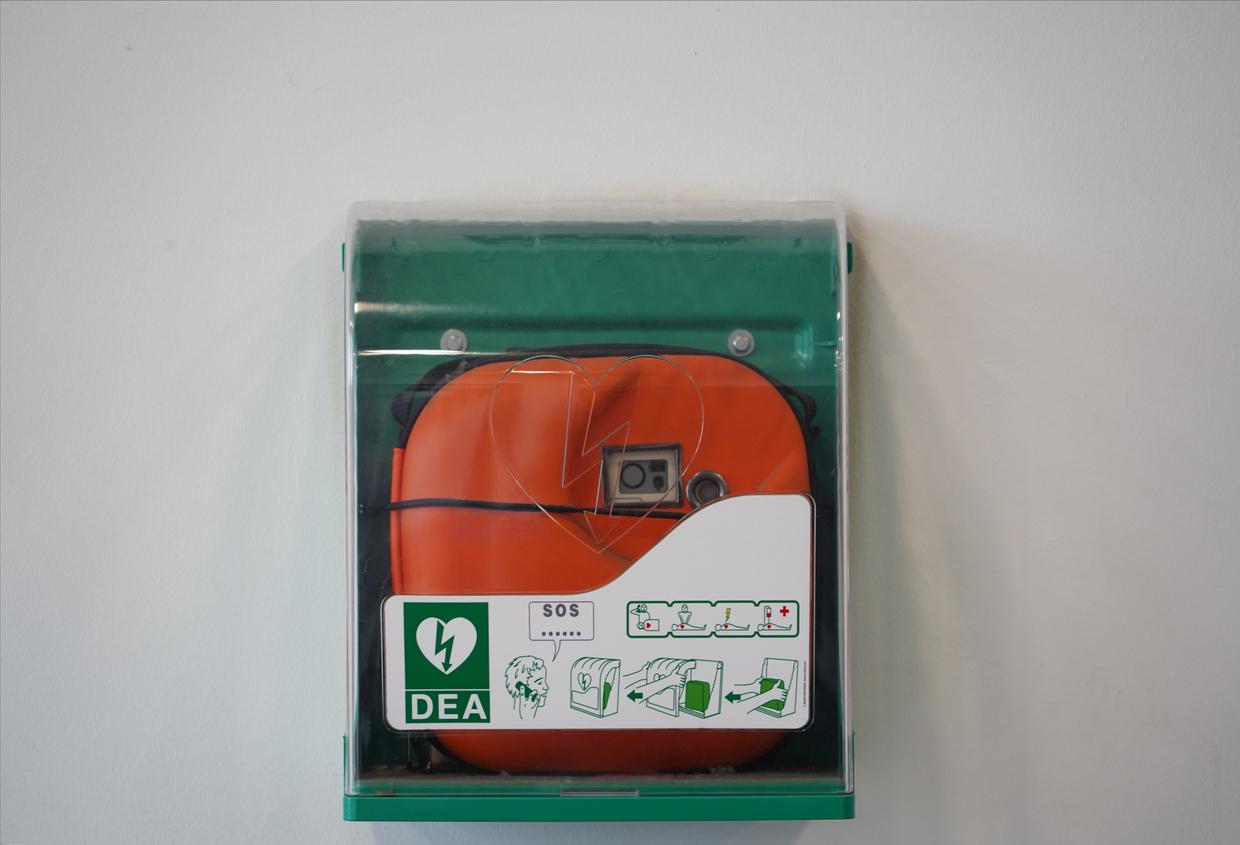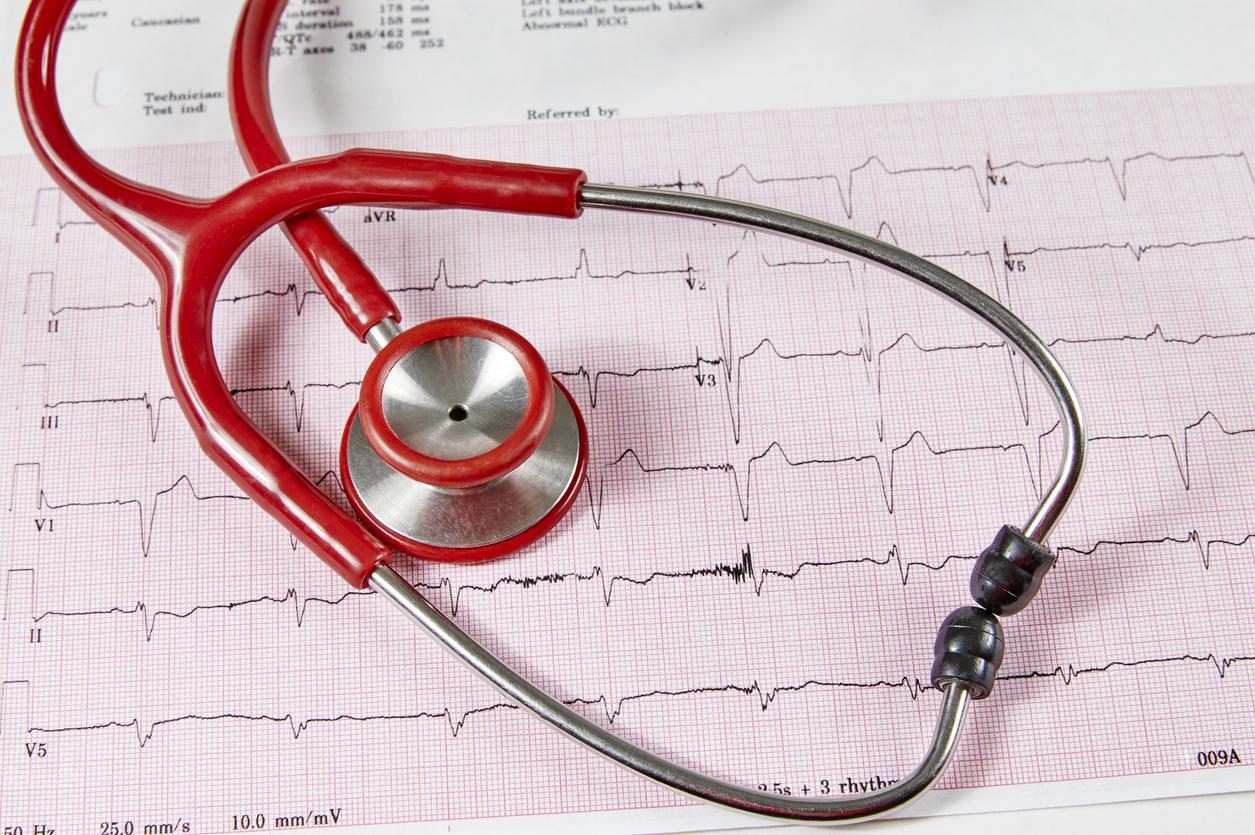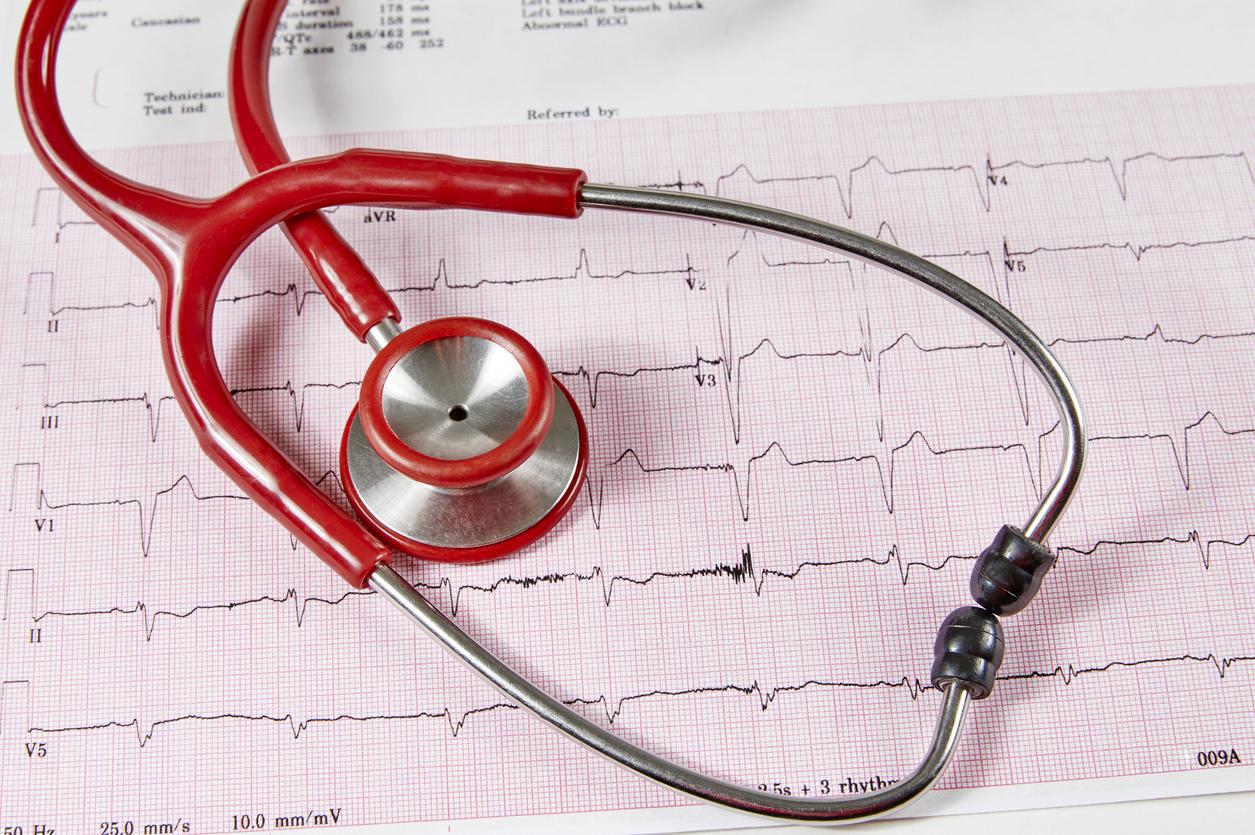By delivering cardiac defibrillators on average 2 minutes faster than ambulances, drones could help reduce mortality from cardio-respiratory arrests.

- Tested in 14 cases of cardiac arrest, drones delivered automated external defibrillators an average of 2 minutes faster than ambulances.
- In 39 cases, however, the drones could not take off due to unfavorable weather, high buildings or because they were located in no-fly zones.
According to the French Cardiology Federation, 90% of cardiac arrests in adults are due to a cardiovascular cause, including myocardial infarction. Most often, it is a ventricular fibrillation, that is to say a heart rhythm disorder corresponding to rapid, irregular and inefficient contractions of the ventricles of the heart.
In the event of cardiac arrest, the first few minutes are essential to increase the chances of survival. Hence the importance of providing first aid without delay, namely cardiopulmonary resuscitation and defibrillation.
However, according to Dr Sofia Schierbeck of the Karolinska University Hospital in Stockholm (Sweden), even in the event of cardiac arrest, “emergency medical service response times are getting longer and people rarely have an automated external defibrillator (AED) at home”. “We believe in finding new ways to deliver AEDs to increase the chances of survival for these patients. That’s why we performed the first-ever study on the feasibility of delivering AEDs by drone to patients suspected of cardiac arrest outside the hospital”continues the doctor.
Faster defibrillator deliveries
The study, presented at the 2021 Congress of the European Society of Cardiology (ESC 2021), highlights the value of using drones to deliver an AED right outside the door of homes, where most cardiac arrests occur. It was conducted near Gothenburg, in the west of the country, in the controlled airspace of an airport.
When a cardiac arrest occurs outside the hospital, the usual procedure is for a witness to call the emergency number, and the dispatch center sends an alarm to the ambulances, which then go as quickly as possible to the scene. .
For the research, three additional drones were installed at three different locations, each with a flight range of 5 km radius. When a suspected cardiac arrest occurred in one of these three areas, the dispatch center also sent an alarm to the drone pilots.
From June to September 2020, 14 cases of cardiac arrests were included in the study. Of these, a drone took off in 12 cases. An AED was successfully issued on the spot in 11 (92%) of these cases. In 64% of cases, the drone arrived before the ambulance with a time advantage of 01.52 minutes.
“Our study shows that this system is not only possible but can be faster than an ambulance”, says Dr. Schierbeck. However, 39 cardiac arrests could not be included in the study due to several factors such as rain, strong wind, high buildings and no-fly zones.
Despite these constraints, the study author plans to extend drone delivery to other medical scenarios, such as delivering epinephrine to patients suffering from anaphylactic shock or delivering glucose to diabetic patients suffering from hypoglycemia. .

.















